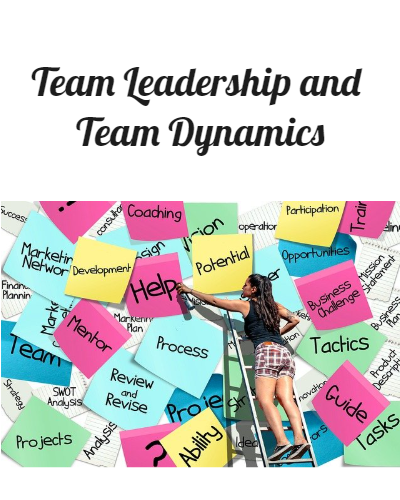Time Is Money
Are you carrying the weight of many jobs as a CEO? Did you know that taking time to answer all emails, calls, and more that’s received is wasting your time? It takes up a lot of working hours to complete this task. In this article, we will point out a few ways to stop wasting valuable time and money.
Have An Assistant
Do you have an assistant? If not, get one. It can help you to get far more tasks completed and be more successful in your day.
Simple tasks like answering phone calls, returning calls, replying to emails, and checking emails can all be done by an assistant. They can also cut down on any interruptions that may come up while you are busy. You can let them know that you want to be uninterrupted till a specific time, and they can filter anything that comes up during that time.
Use Automated Services
If your assistant is already super busy or you don’t want to hire one, you can use automated services. This is a simple system that you can set up to help save you time. When you receive an email or a phone call, an automotive response is given to let the person know you will get back to them at your earliest convenience.
Delegate Jobs That Need To Be Done
It is so easy to feel like you have to get everything done. As your company grows and takes on more work, that will become harder and harder for you to do. Many CEOs get bogged down and don’t recognize when to delegate.
Trust the employees that you have hired. Inform them of what you want them to do, train them, or whatever else you need them to understand before taking on the task. Delegate jobs out to people you feel are responsible and capable of accomplishing them.
Make Sure You Prepare For Meetings
Have you ever had a meeting with your employees and felt like after it was over, nothing was accomplished? Don’t let it happen again. Prepare for meetings thoroughly. Take the time to plan out the point of the meeting, the discussions, and what you want out of it.
Create a PowerPoint to show your employees
Visual presentations are more interesting and will keep the focus of your employees more. Don’t go overboard; get straight to the point. Allow time in the end for questions and comments to be made to clarify any confusion. Proper preparation can prevent you from spending valuable time and wasting it.
Gary Brunson
gary@myclearfocus.com
Debra Rider
debra@myclearfocus.com
574.361.2674
Sustainable Growth & Profit Consultant, Coach, Mentor and Counselor/Therapist for Business Owners and Professionals.
All articles, quotes, and material in this newsletter are copyrighted by our associate Gary Sorrell, Sorrell Associates, LLC ©. No part can be reproduced in any form without specific written consent. All rights reserved worldwide. Thank you!











